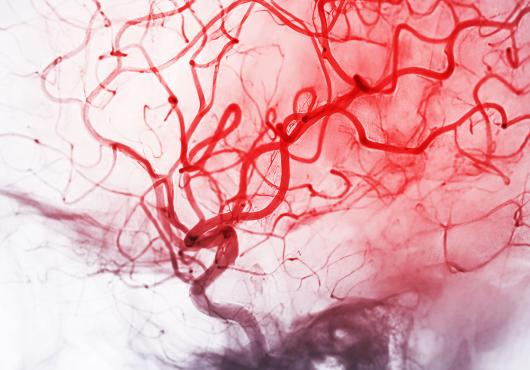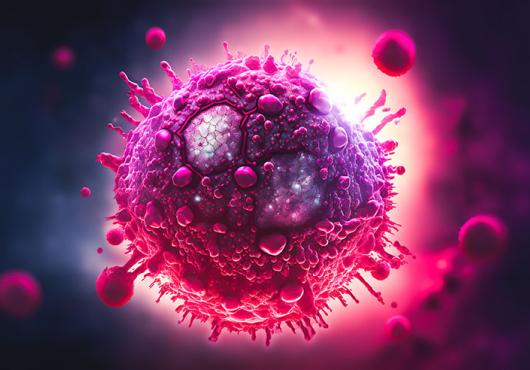While bacterial cells tend to be rather solitary individuals, they are also known to form intricately structured communities called biofilms. But until now, no one has known the mechanisms that cause isolated bacteria to suddenly aggregate into a social network. New insights from the lab of Harvard Medical School microbial geneticist Roberto Kolter reveal previously unknown communication pathways that cause such social phenomenon.
Using the non-pathogenic Bacillus subtilis as a model organism, Kolter and postdoctoral researcher Daniel Lopez discovered a group of natural, soil-based products that trigger communal behavior in bacteria. One molecule in particular, surfactin, is produced by B. subtilis. Biofilm formation begins when surfactin, and other similar molecules, cause bacteria to leak potassium. As potassium levels decline, a membrane protein on the bacterium stimulates a cascade of gene activity that signals neighboring cells to form a quorum. As a result, biofilms form.
The authors note that it’s still unclear how biofilm formation benefits the bacteria, and they hypothesize that it might be an antibacterial defense against competing species. Still, the notion that a single small molecule can induce multicellularity intrigues the researchers.
“Typically, scientists try to discover new antibiotics through some rather blunt means, like simply looking to see if one bacterium can kill another,” says Kolter. “This discovery of a single molecule causing such a dramatic response in bacteria hints at a new and potentially effective way to possibly discover antibiotics.”
These findings were published in the Proceedings of the National Academy of Sciences.
CITATION:
PNAS, published online before print December 29
“Structurally diverse natural products that cause potassium leakage trigger multicellularity in Bacillus subtilis”
Daniel López (1), Michael A. Fischbach (2) Frances Chu (3), Richard Losick (3*), & Roberto Kolter (1*)
(1) Department of Microbiology and Molecular Genetics, Harvard Medical School, Boston, MA
(2) Department of Biological Chemistry and Molecular Pharmacology, Harvard Medical School, Boston, MA
(3) Department of Molecular and Cellular biology, Harvard University, Cambridge, MA
* Corresponding author


